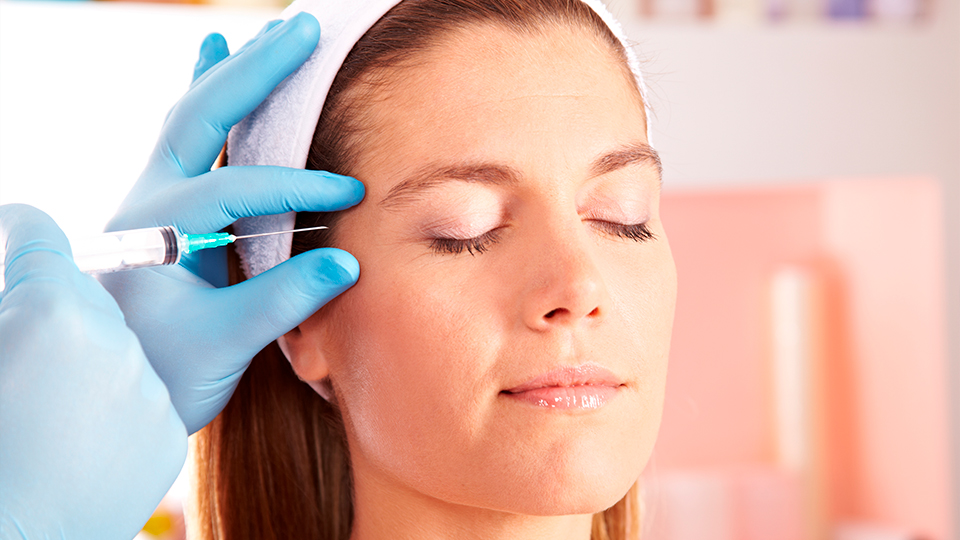What specialist should treat my dark circles?
27/11/2025

25/09/2020
At present, the number of injected cosmetic treatments (Botox) is increasing, and it is forecast that this type of procedure will duplicate in the future.
Botulinum toxin (Botox) is produced by Clostridium Botulinum—an anaerobic bacteria—and its active mechanism involves inhibiting the release of acetylcholine at the neuromuscular junction. A Botox injection causes a localised, prolonged, and reversible reduction of cholinergic transmission at muscle level. In fact, if too much is used, it causes the muscle to paralyse completely and that's why as cosmetic eye surgery specialists we modulate the muscle contraction so that it is more subtle and does not paralyse, to prevent the effect from appearing artificial.
Some people are reluctant to undergo these procedures because they are scared of not recognising themselves and losing their facial expression. In the case of Botox, patients particularly refer to the fear of ending up looking like their eyebrows have been lifted and their face is totally in shock. For this reason, we prefer to put in a small amount every six months rather than a large amount every year, which gives a more physiological result to the facial expression.
There are young people with many laughter lines, particularly in the upper third of the face, between the eyebrows or crow's feet, where prudent use of Botox has a preventive effect. The rebalancing of the muscle contraction in the facial expression is achieved, given that it modulates the movements that mark the wrinkles. When we give subtle Botox to young patients, a smaller amount is required each time and means that profound wrinkles will not form when they are older.
The future is heading towards preventive cosmetic medicine, so that increasingly less product is required
There is a change in the way we work with Botox. The future is heading towards preventive cosmetic medicine, so that increasingly less product is required. Having to remove a very deep and pronounced wrinkle is not the same as starting to give a little Botox to a young patient who is starting to notice marks on their skin.
There is no stipulated standard frequency of injections, no rule as to quantity or areas to be treated. These parameters have to be determined for each individual, in accordance with a careful facial analysis by a cosmetic eye surgeon.
Doctor Marta López Fortuny, ophthalmologist of the Barraquer Ophthalmology Center